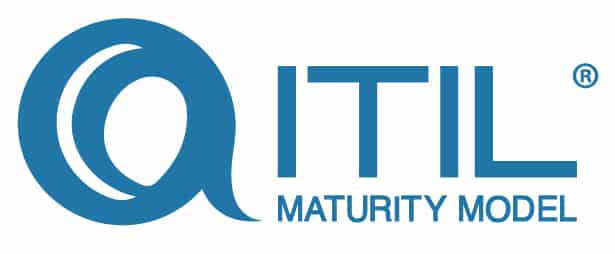Without it, you might find yourself driving in circles
By Mark Blanke
Many years ago, I took a trip to England to visit some family with my infant son and wife. We took the red-eye over and arrived exhausted. I rented a car and, for the first time, drove in England. I was a bit apprehensive about the drive to the hotel, having to drive on the left side of the road and the steering wheel on the right. As soon as we began the drive, I knew we were in trouble. I found myself in downtown Birmingham driving around in a circle (aka roundabout), over and over again, not knowing where to exit. The line from the movie European Vacation ran through my head – “Hey kids, Big Ben!” as I circled in an endless loop. The issue was, we knew exactly where we wanted to go but had no idea how to get there. Herein lies the moral of the story:
You can’t build a roadmap to meet your objectives if you don’t know where you are at the beginning.

That brings us to the second Guiding Principle of ITIL® – Start where you are. Don’t kid yourself that you have clear direction when you’re in unknown territory – driving a vehicle you are unfamiliar with – going in circles.
As I found out on my journey in England, I needed to pull over and spend time figuring out where I was. I didn’t guess where I was, instead, I actually took the time to establish my place on the map and then laid out clear directions to our destination.
In conducting an ITIL assessment, “where you are” starts with an audit of current capabilities and maturity, what you are doing well and what you’re not, and figuring out what really needs to be addressed to meet your objectives. The main point here is to be honest in reviewing where you are – overstating your current capabilities and processes will only lead to trouble later on.
This is laid out in the first Guiding Principle – Focus On Value. Know how your consumers use each service and focus on meeting each user’s needs. Don’t assume you know the answer; ask the consumers and find out where the real value is in the service.
A good assessment should take into consideration many different factors, not just focus on a technology solution or the maturity of a process. The assessment should determine how the organization and people function.
Do the right skillsets exist in the organization? What is the culture like and how quickly can the organization change? This brings us to the third Guiding Principle – Progress iteratively with feedback. For an assessment to be accurate, you must communicate with all levels of the organization and ensure business needs are being met. By doing this, you easily handle Principle number four – Collaborate and promote visibility.
One of the biggest traps in the Service Management space is to focus mostly on existing tools and technology. While a good service management platform can assist in maturity and efficiency, too often outdated technology is blamed for the organization’s situation. Then the organization purchases and implements the next tool only to find out that they are no better off. At this point, the organization discovers that the processes and organization are a significant contributor to the issues, not the technology. It is a tough situation to be questioning whether the time and money spent on a new tool could have better been spent focusing on process and skillset issues instead. This brings us to Guiding Principle number five, Think and work holistically. Don’t just look at tools and technology, look at the entire picture. This way, you can achieve organizational objectives much more quickly, easily, and cheaply. A solid assessment and roadmap can avoid this type of mistake.
After conducting an ITIL assessment, the next step is to develop a roadmap to reach your destination. In ITIL terms – Keep it simple and practical. Don’t buy tools you don’t need, hire for roles that are unnecessary, and set unrealistic goals.
This brings us to the last Principle – Optimize and automate. Once you are clear on your organization’s needs – and how to meet them – you can regulate repetitive tasks to an automated system and free up your people to innovate, solve larger business issues, and move your company forward. If you try to optimize and automate too early without proving out processes and validating services, you will just speed up the delivery of poor service.
By getting your people out of the endless loop of confusion and putting out fires, your organization can reach its full potential more efficiently and quickly.
If you are interested in conducting an ITIL Assessment or would like to find out more about how OwlPoint can help you prepare for the future, contact us.
To download this article as a PDF – click here.



